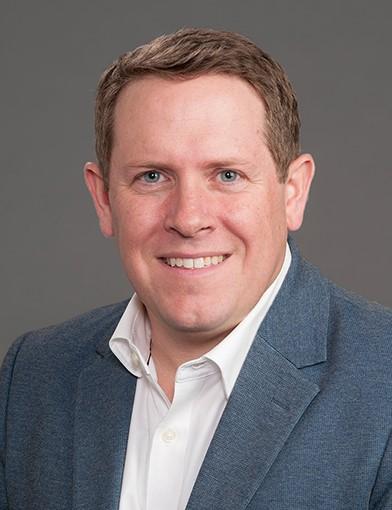Welcome to a SAFER seminar - with Dr. Scott Gayzik: Extending the Application of Human Body Models: Evaluation of Model-Based Candidate Injury Metrics
Welcome to learn from Dr. Scott Gayzik, Wake Forest University School of Medicine, US. He will give us a talk about “Extending the Application of Human Body Models: Evaluation of Model-Based Candidate Injury Metrics". Bengt Pipkorn, Chalmers University & Autoliv is hosting the seminar.
REGISTRATION: You do not have to sign up – just show up at SAFER or connect online!
Abstract
Human Body Model (HBM) validation relies on comparing the biomechanical response of a given model to that of Post-Mortem Human Subjects (PMHS). Such efforts are frequently found in the literature, however there are relatively few studies focused on injury risk curves for HBMs based on observed PMHS injury data. HBMs provide the ability to explore numerous candidate injury metrics. Importantly, HBMs provide an opportunity to construct risk curves using measures that are difficult or impossible to obtain experimentally. In this study, the Global Human Body Models Consortium (GHBMC) 50th percentile male (M50-O) v 6.0 lower extremity was simulated in 181 different loading conditions based on previously published PMHS tests in a high-rate axial loading environment associated with underbody blast (UBB). In addition to the biomechanical response, each PMHS test was coded with an associated binary injury output. The HBM was instrumented to output 43 different biomechanical metrics. A previously published method employing the Brier Metric Score was used to determine the most appropriate metric for injury risk curve development. Using survival analysis, three different injury risk curves were developed for use with the human body model: ‘any injury’, ‘calcaneus injury’, and ‘tibia injury’. The best performing metric for the ‘any injury’, ‘calcaneus injury’ and ‘tibia injury’ cases were calcaneus strain, calcaneus force, and lower tibia force respectively. To the authors knowledge, this is the first study to develop injury risk curves from a widely used human body model for lower extremity injury in the high-rate vertical loading environment using a systematic statistical approach to select metrics. The injury risk curves developed can serve as a baseline for human injury prediction, protective equipment evaluation, and can aid in planning future experimental protocols or tests.
About Dr Scott Gayzik
His research focuses on computational injury biomechanics and imaging applications to create human body computational models for industry, government and academic applications. He partners with industry to develop realistic virtual body models for automotive crash tests and medical device evaluation, as well as to create biofidelic phantoms for medical device development and testing applications. In addition, he collaborates throughout the School of Medicine, from biostatistics (injury metric development and risk analysis) to neurology and plastic surgery (bioheat transfer). Read more about Dr Gayzik here!

